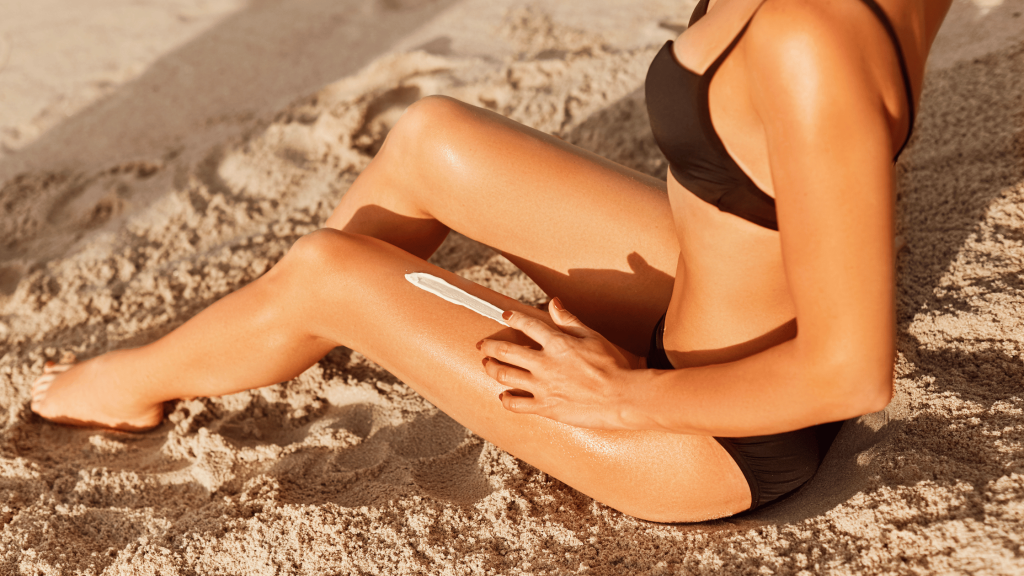
As we all know, the British weather can be a bit of a wildcard. Nevertheless, it’s still very much possible to achieve that golden tan you’ve been yearning for. Welcome to our comprehensive guide on sun tanning in the UK! We’re going to delve into some sun-soaked tips, discuss sun safety, and provide product suggestions that will help you make the most of the sporadic British sunshine.
UK Sun Tanning: Your Perfect Plan
The first step towards getting that sun-kissed glow is understanding your environment. In the UK, the sunniest months are typically from May to August. These months are the best time to start your sun tanning journey. But remember, the intensity of the sun’s rays can vary across the UK, so always check the UV index in your area.
Tip 1: Timing is Everything
Prime tanning hours are usually between 10 am and 4 pm. However, remember that this is also when the sun’s UV rays are the strongest. Make sure to limit your sunbathing to short bursts of 10-30 minutes at first, gradually increasing as your skin becomes accustomed to the sun. Do take frequent breaks in the shade, particularly between 11 am and 3 pm when the sun is at its peak.
Tip 2: Skin Prep is Key
Exfoliation is crucial. It removes dead skin cells, allowing a more even tan. Do this a day or two before you plan to start tanning. Don’t forget to moisturise daily as well, keeping your skin supple and ready for the sun.
Tip 3: Use Sun Protection
Contrary to popular belief, sunscreen doesn’t prevent tanning – it protects your skin from harmful UV rays. Opt for a broad-spectrum sunscreen with at least SPF 30, and don’t forget to reapply every 2 hours and after swimming or sweating.
Tip 4: Hydrate
Drinking water is essential when sunbathing. Hydration helps maintain your skin’s health, and a healthy skin tans better. Bring a water bottle with you when sunbathing and take regular sips.
Tip 5: Don’t Forget After-Sun Care
Your after-sun routine is just as important. Cool down with a refreshing shower and use a moisturising after-sun lotion. This helps to lock in your tan and keeps your skin nourished.
Conclusion
Achieving the perfect sun tan in the UK might require a bit more planning and patience compared to sunnier climes, but it’s definitely doable! Keep these tips in mind, and you’ll be well on your way to flaunting a beautiful, golden tan.
Stay safe and happy tanning!


